If you’ve ever walked off the golf course with sore feet and tired legs, you know how vital the right golf shoe can be. Spiked golf shoes provide the grip and stability necessary for a successful round, but comfort should never take a backseat. This guide will explore the most comfortable spiked golf shoes available, helping you find the perfect pair to enhance your performance and enjoyment on the golf course.
Why Comfort Matters in Golf Shoes
Wearing comfortable shoes is essential for several reasons:
- Stability: Comfortable shoes provide the right support, helping golfers maintain balance through their swings.
- Endurance: Golf is a lengthy game, often spanning several hours. The right shoes will help minimize fatigue.
- Injury Prevention: Proper cushioning and support reduce the risk of blisters, calluses, and other foot-related injuries.
- Concentration: When your feet feel good, you’re more focused on your game rather than discomfort.
In this article, we’ll cover popular choices, materials, crucial features, and how to find the most comfortable spiked golf shoes tailored to your needs.
Top Picks for Comfortable Spiked Golf Shoes
We’ve reviewed several brands and models to find the most comfortable spiked golf shoes. Here’s our curated list:
| Brand & Model | Features | Pros | Cons |
|---|---|---|---|
| FootJoy Pro/SL | – soft leather – Fine-tuned support – Spikeless option available |
– Comfortable and supportive – Excellent grip |
– Higher price point |
| Nike Air Zoom Victory | – Zoom Air cushioning – Water-resistant – 6 spikes |
– Great traction – Stylish design |
– Slightly narrow fit |
| Adidas Tour360 22 | – Boost cushioning – Durable leather – Swing plane traction |
– Ultimate comfort – Excellent stability |
– Bulky for some |
| Puma Ignite Pwradapt | – Pwradapt technology – Stable and flexible – Stylish options |
– Great cushioning – Versatile design |
– May require break-in period |
| Callaway Balboa TRX | – Lightweight synthetic – 10 spikes for traction |
– Affordable price – Good durability |
– Less padding compared to others |
1. FootJoy Pro/SL
The FootJoy Pro/SL is one of the best choices for comfort and performance. Featuring a soft leather upper with a cushioned insole, this shoe retains stability while allowing for natural foot movement. Whether you opt for the spiked or spikeless version, you’ll appreciate the built-in support that helps you traverse the course with ease.
“FootJoy has mastered the art of combining comfort and performance in their Pro/SL line.”
 FootJoy Pro/SL Golf Shoes
FootJoy Pro/SL Golf Shoes
2. Nike Air Zoom Victory
For those seeking a blend of style and comfort, the Nike Air Zoom Victory is unfailingly reliable. Its innovative Zoom Air cushioning ensures your feet stay comfortable during long rounds. The water-resistant upper keeps your feet dry, while the 6 spiked outsole offers unmatched traction, allowing you to focus on your swing.
3. Adidas Tour360 22
If you value premium materials, the Adidas Tour360 22 is a must-try. With its Boost cushioning technology, this shoe delivers incredible comfort and responsiveness. The swing plane traction system promotes stability throughout your swing, giving you the confidence to perform at your best.
 Adidas Tour360 22 Golf Shoes
Adidas Tour360 22 Golf Shoes
4. Puma Ignite Pwradapt
The Puma Ignite Pwradapt golf shoe stands out due to its groundbreaking Pwradapt technology. This feature offers unparalleled stability and flexibility, adapting to various terrains and foot shapes. Moreover, the breathable upper ensures your feet stay cool and dry no matter how long the game lasts.
5. Callaway Balboa TRX
For golfers on a budget, the Callaway Balboa TRX provides great value without compromising quality. This lightweight option boasts a 10-spike design, ensuring maximum grip and durability while keeping your costs low. It is an excellent entry-level pair for those new to golf or looking to save money.
 Callaway Balboa TRX Golf Shoes
Callaway Balboa TRX Golf Shoes
Key Features to Look for in Comfortable Spiked Golf Shoes
When seeking the most comfortable spiked golf shoes, consider these essential features:
- Cushioning: Look for shoes that offer adequate padding and shock absorption to reduce fatigue.
- Fit: Make sure the shoes fit snugly without being overly tight. Consider widths and styles that accommodate your foot shape.
- Breathability: Opt for shoes made from breathable materials to keep your feet dry during hot days.
- Grip: Check the quality and arrangement of spikes, ensuring they provide the traction needed on various terrains.
- Durability: Investing in high-quality materials pays off in long-lasting performance.
Helpful Tips for Finding the Right Fit
- Try on Shoes at the End of the Day: Feet tend to swell, so trying on shoes later can yield a better fit.
- Walk Around: Take a few steps in the store to get a feel for the comfort level before purchasing.
- Consider Using Insoles: Custom insoles or arch supports can enhance fit and comfort.
- Check Brand Size Charts: Shoe sizes vary by brand, so consult sizing guides before making a decision.
Key Takeaways
Choosing the most comfortable spiked golf shoes is crucial for enhancing your golf game. Here are the essential points to remember:
- Look for key features: Prioritize cushioning, fit, breathability, grip, and durability when choosing golf shoes.
- Try various brands: Brands like FootJoy, Nike, Adidas, Puma, and Callaway offer stellar options.
- Don’t skimp on comfort: Your performance will suffer if your feet are uncomfortable; invest in quality shoes.
- Pay attention to sizing: Understand your foot’s unique shape and consult sizing charts for the best fit.
Frequently Asked Questions (FAQ)
1. What is the difference between spiked and spikeless golf shoes?
Spiked golf shoes feature spikes on the soles for better grip and traction, while spikeless shoes have a flat sole with tread patterns. Spikeless shoes tend to be more versatile for casual wear.
2. How can I break in my new golf shoes?
To break in new golf shoes, wear them around the house or during short practice sessions. Gradually increase the duration to allow your feet to adjust comfortably.
 Golfer Trying On Golf Shoes
Golfer Trying On Golf Shoes
3. How often should I replace my golf shoes?
It’s recommended to replace golf shoes every 1-2 years or sooner if you notice significant wear, reduced support, or loss of traction.
4. Can I play in bad weather with spiked shoes?
Yes, spiked golf shoes often provide better traction in wet conditions. However, ensure they are made from water-resistant materials for optimal performance.
5. Are more expensive golf shoes always better?
Not necessarily. While some high-end models offer great features and technology, there are also affordable options that can provide comfort and performance. It’s essential to find what works for your specific needs.
6. Do all spiked shoes fit the same?
No, different brands have different sizing standards. Always consult size charts and, if possible, try on shoes before purchasing.
7. Can I wear spiked golf shoes for other activities?
While spiked shoes are tailored for golf, they can be worn for other activities like walking or casual wear. However, the spikes may wear down quicker on hard surfaces.
8. How do I clean my spiked golf shoes?
Brush off dirt, mud, and grass after every round. For deeper cleaning, use mild soap and water with a soft cloth or sponge. Remove spikes if necessary.
9. Are there specific shoes for wide feet?
Yes! Many brands offer options specifically designed for those with wide feet. Look for “wide fit” options from brands like FootJoy and Nike.
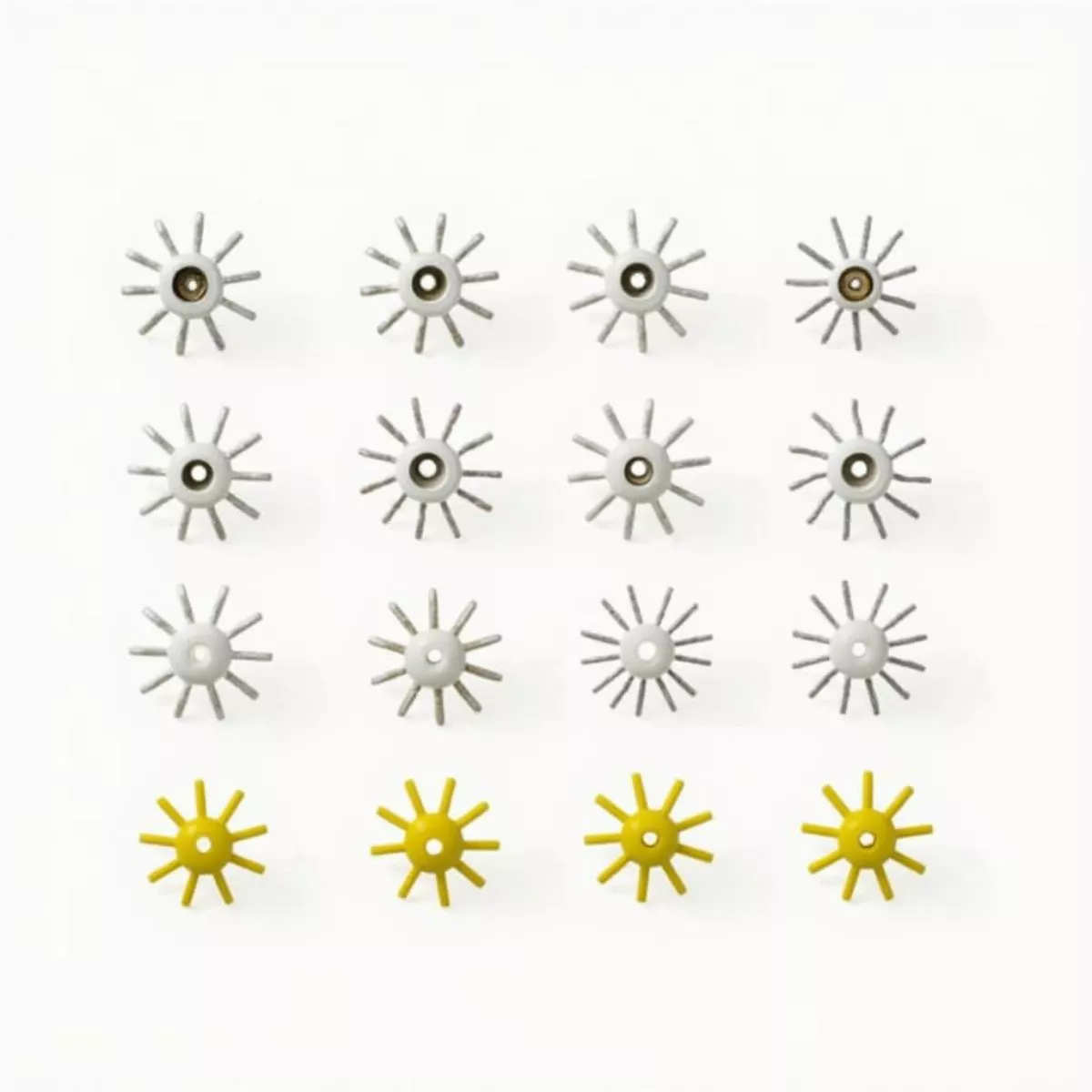 Different Golf Shoe Spikes
Different Golf Shoe Spikes
10. Should I always wear socks with golf shoes?
Yes, wearing socks can prevent blisters and provide additional comfort. Opt for moisture-wicking socks to help keep your feet dry.
With this guide, you’re now equipped to choose the most comfortable spiked golf shoes for your game. So hit the links with confidence, and remember, comfort is just as important as style or brand. Happy golfing!

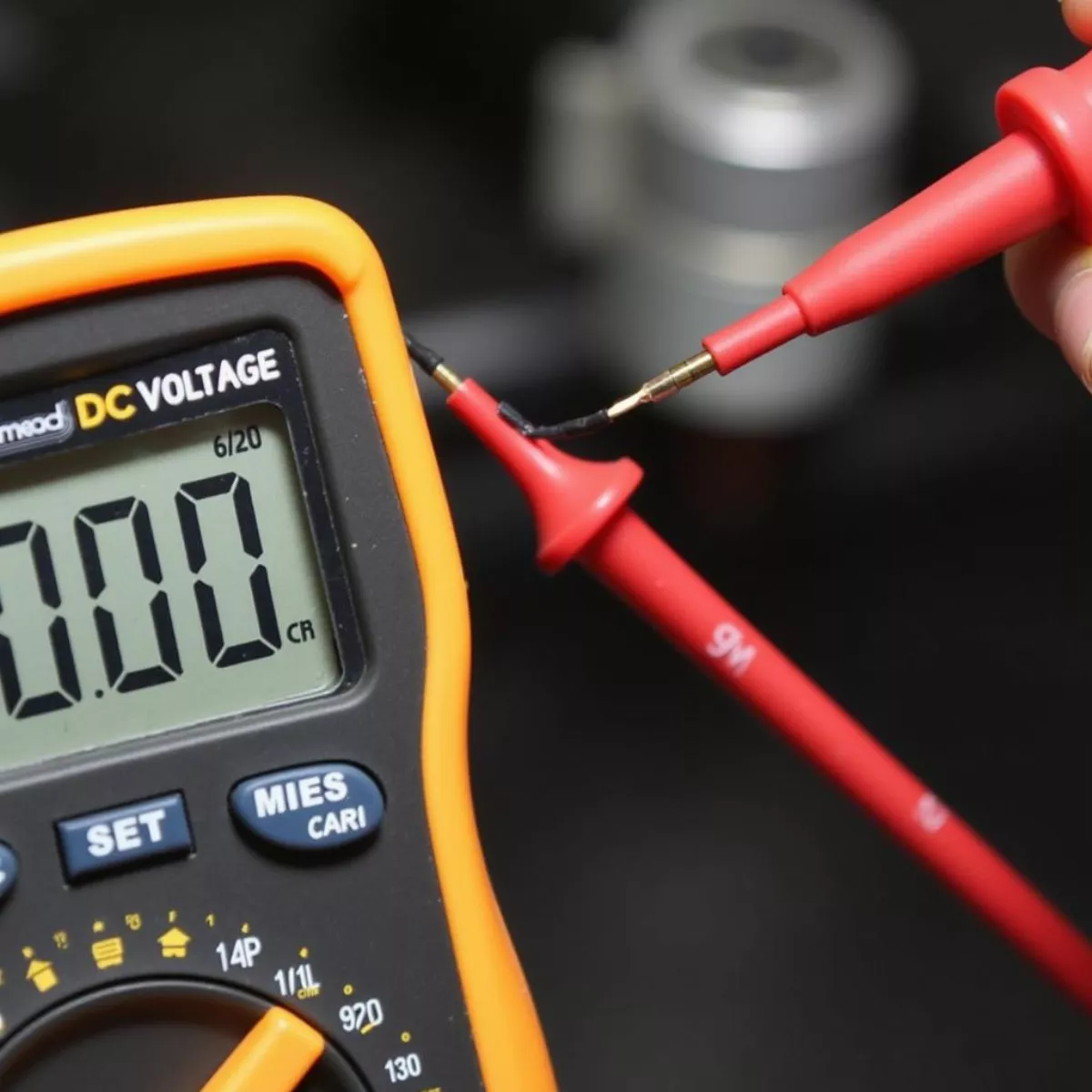 Preparing Multimeter for Solenoid Test
Preparing Multimeter for Solenoid Test Testing Solenoid Continuity
Testing Solenoid Continuity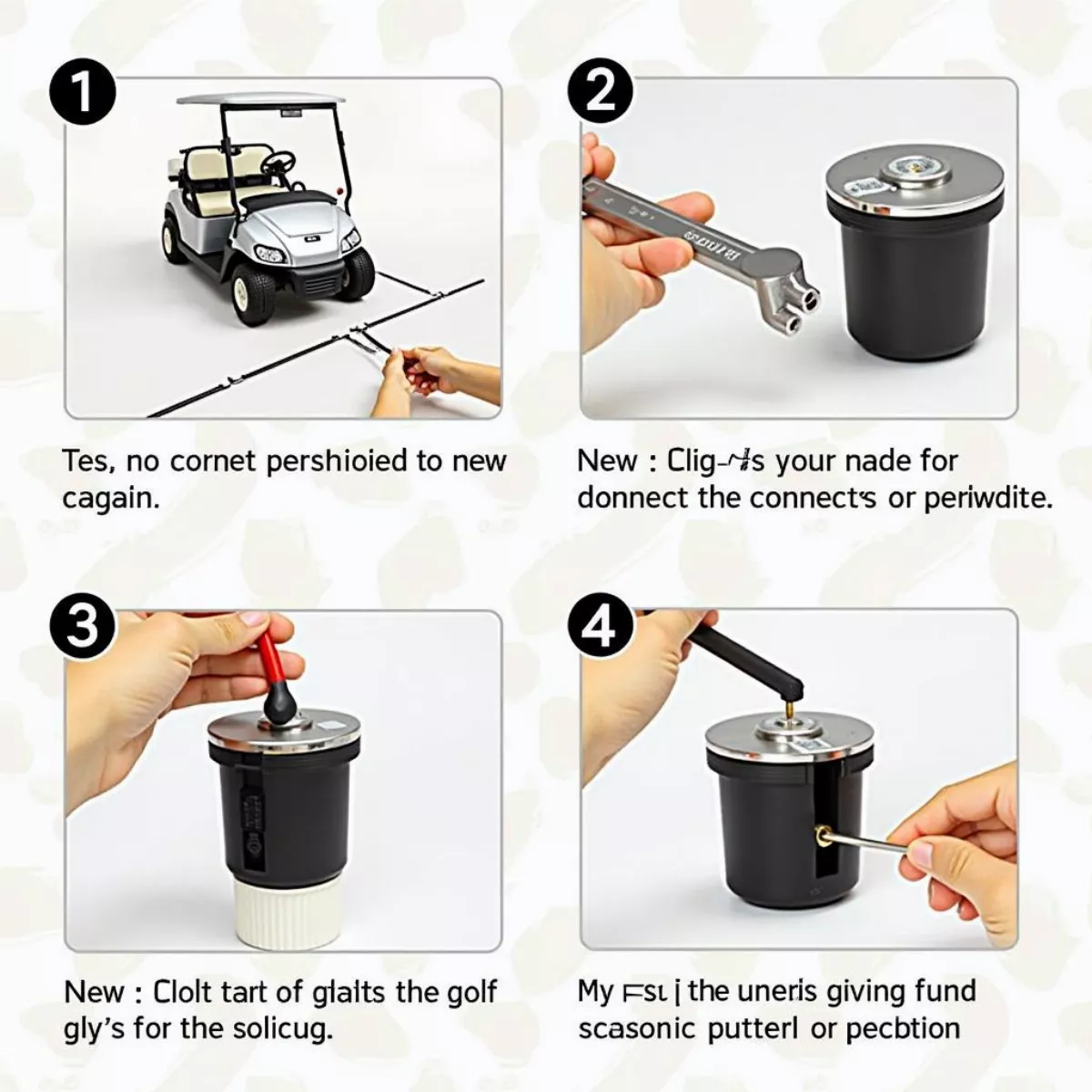 Replacing Golf Cart Solenoid
Replacing Golf Cart Solenoid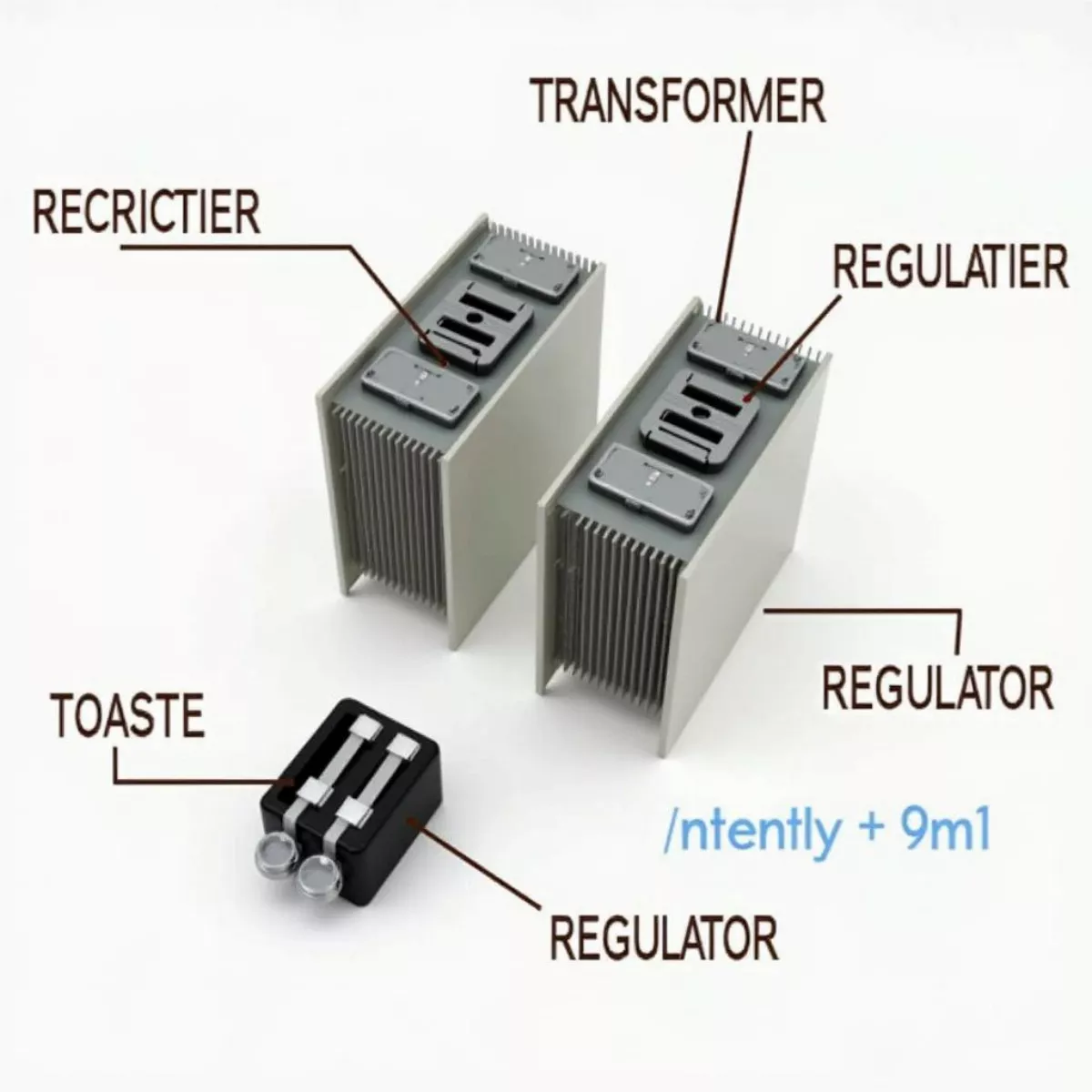
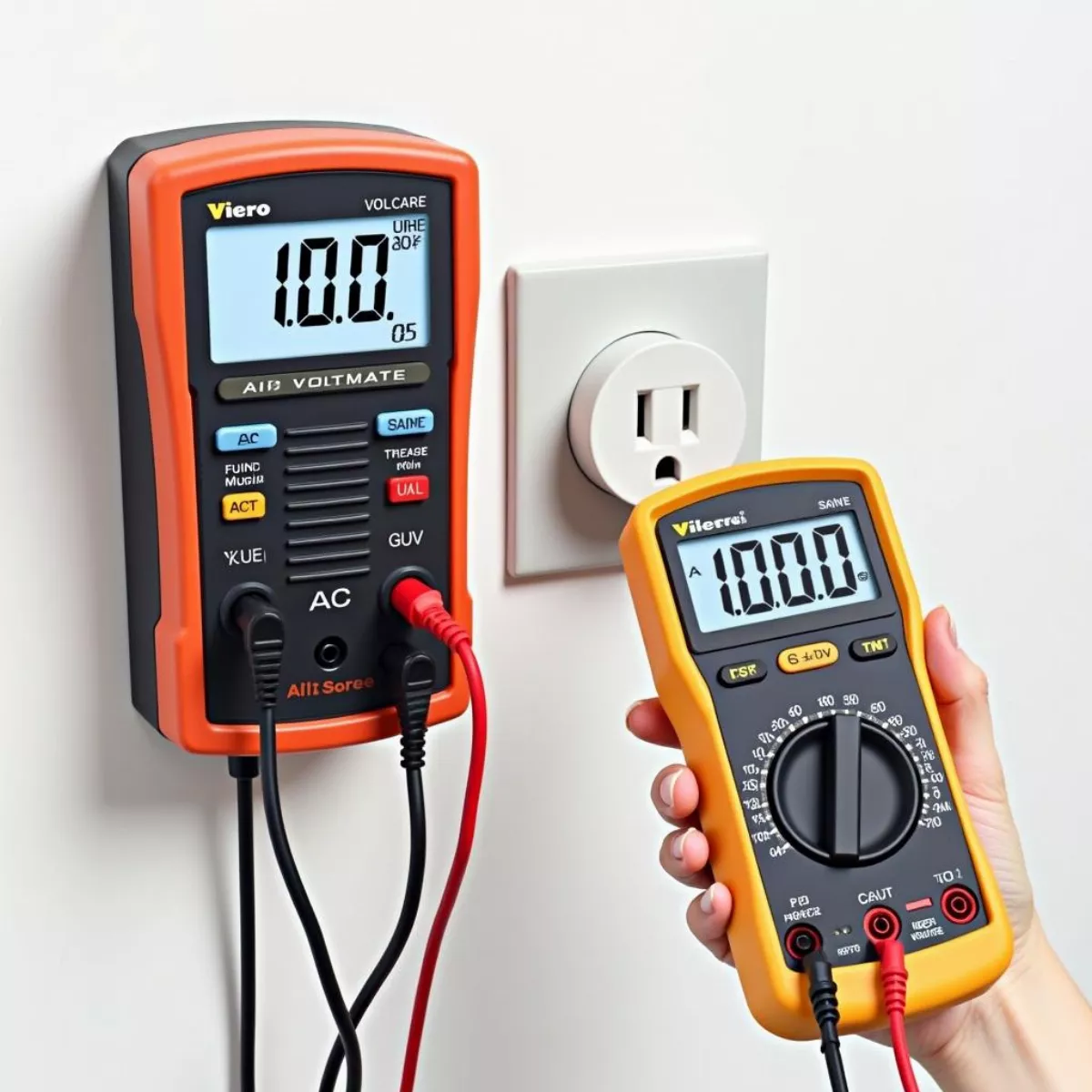 Testing Golf Cart Charger Input Voltage
Testing Golf Cart Charger Input Voltage Inspecting Golf Cart Charger Internal Components
Inspecting Golf Cart Charger Internal Components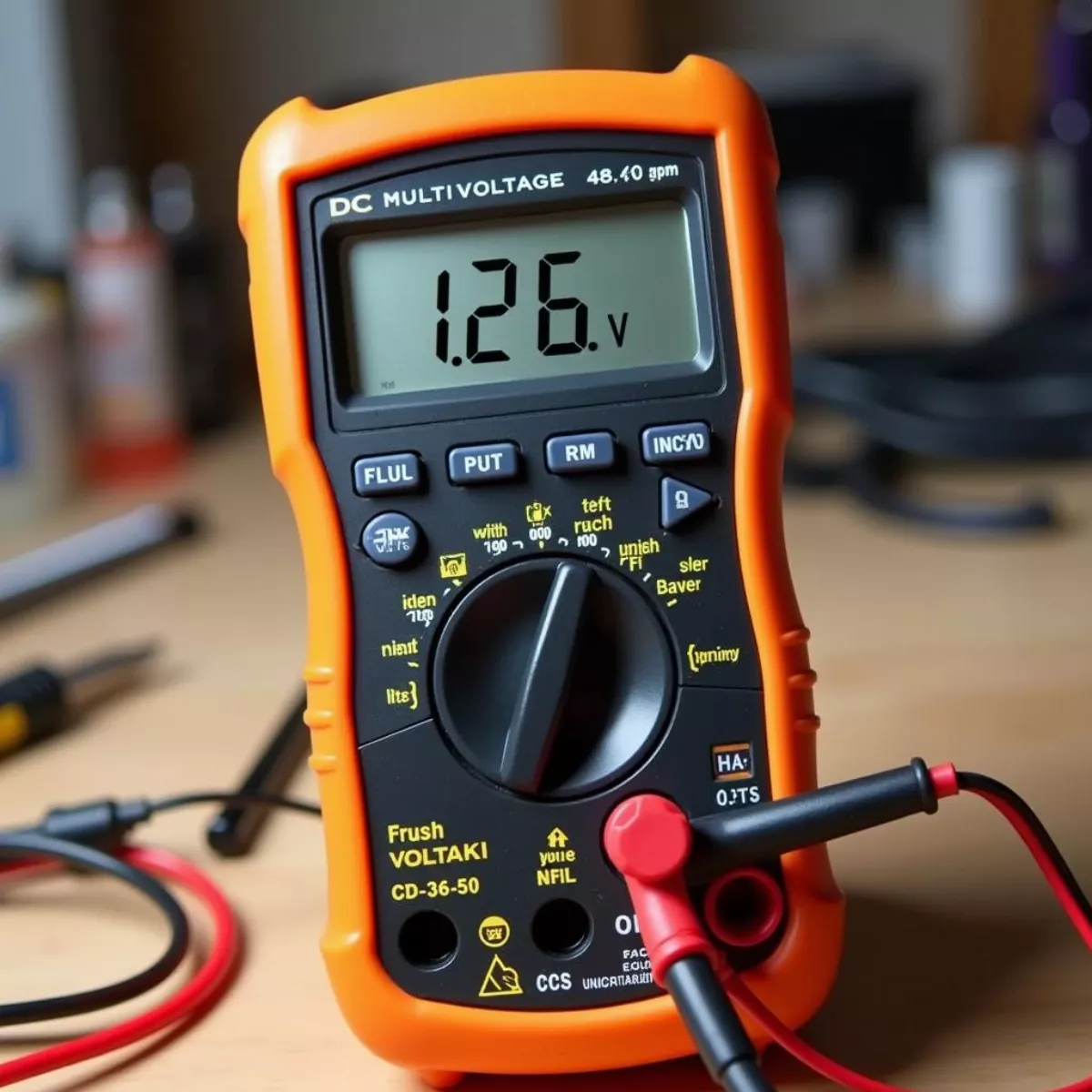
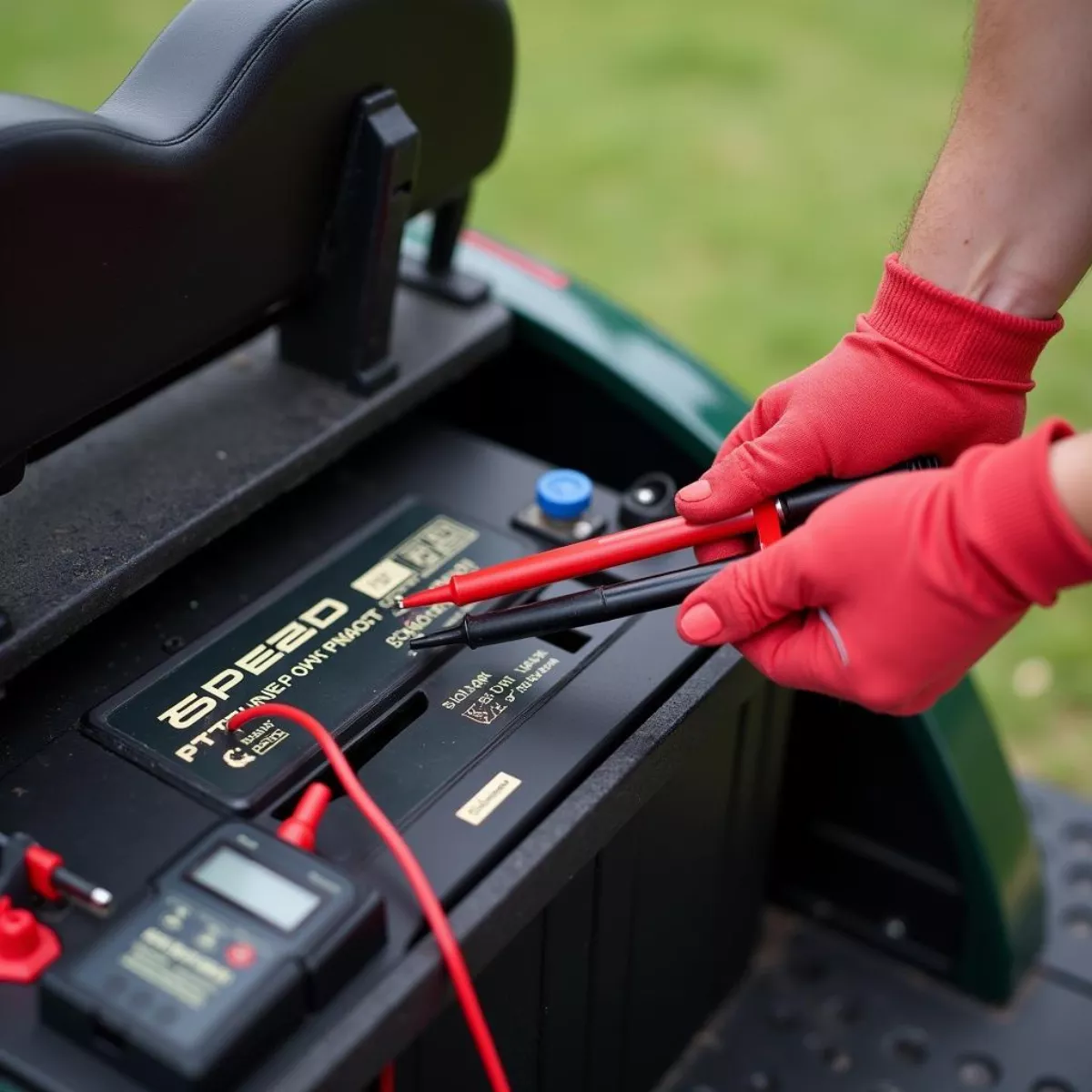 Connecting Multimeter to Golf Cart Battery
Connecting Multimeter to Golf Cart Battery Golf Cart on Charger
Golf Cart on Charger
 Person Test Driving a Golf Cart
Person Test Driving a Golf Cart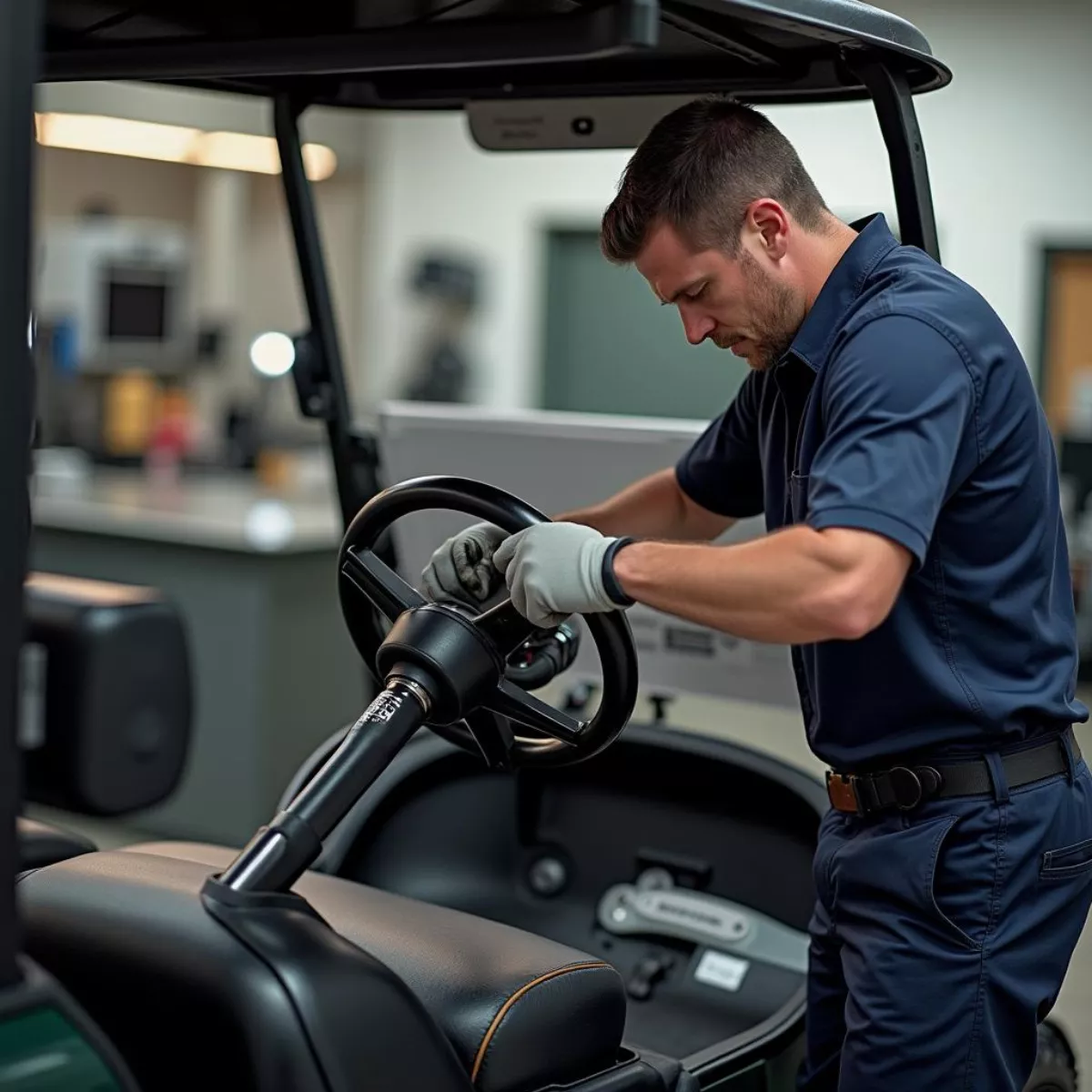 Mechanic Working on Golf Cart
Mechanic Working on Golf Cart
 Whisper Rock Golf Clubhouse
Whisper Rock Golf Clubhouse Whisper Rock Golf Practice Facility
Whisper Rock Golf Practice Facility
 G/FORE Gallivanter Golf Shoes in Action
G/FORE Gallivanter Golf Shoes in Action G/FORE Women's Golf Shoes Collection
G/FORE Women's Golf Shoes Collection
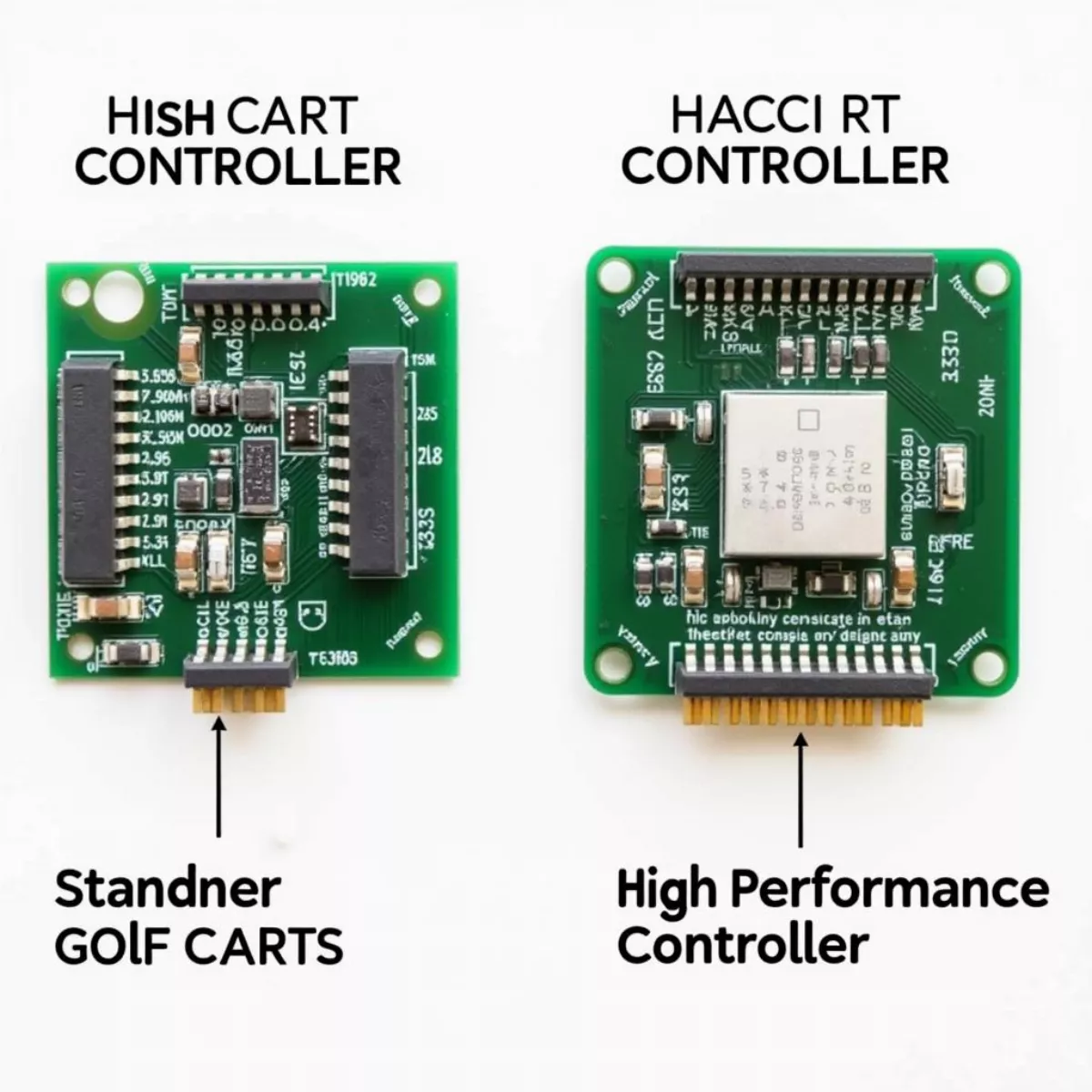 Golf cart controller comparison
Golf cart controller comparison Golf cart weight reduction
Golf cart weight reduction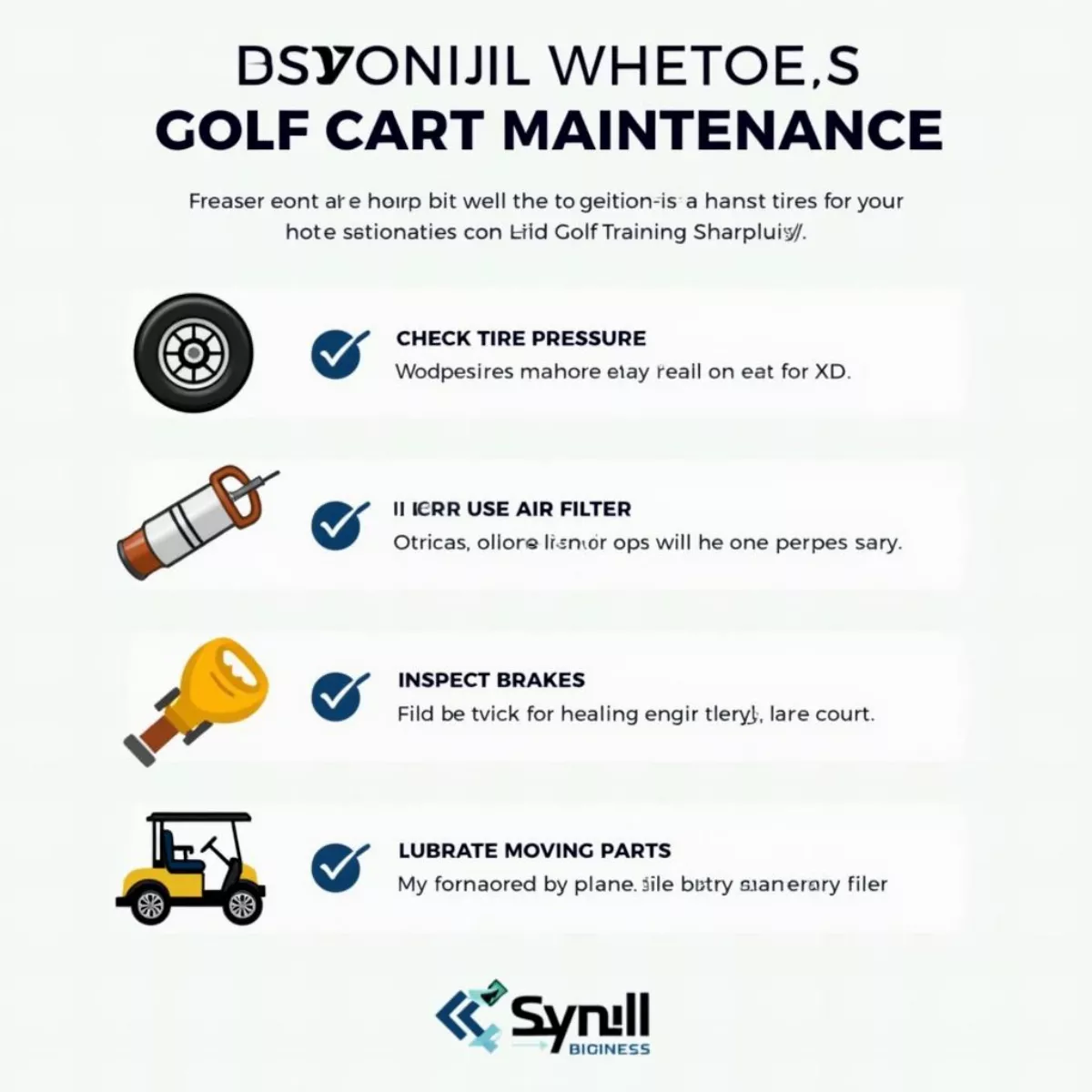 Golf cart maintenance checklist
Golf cart maintenance checklist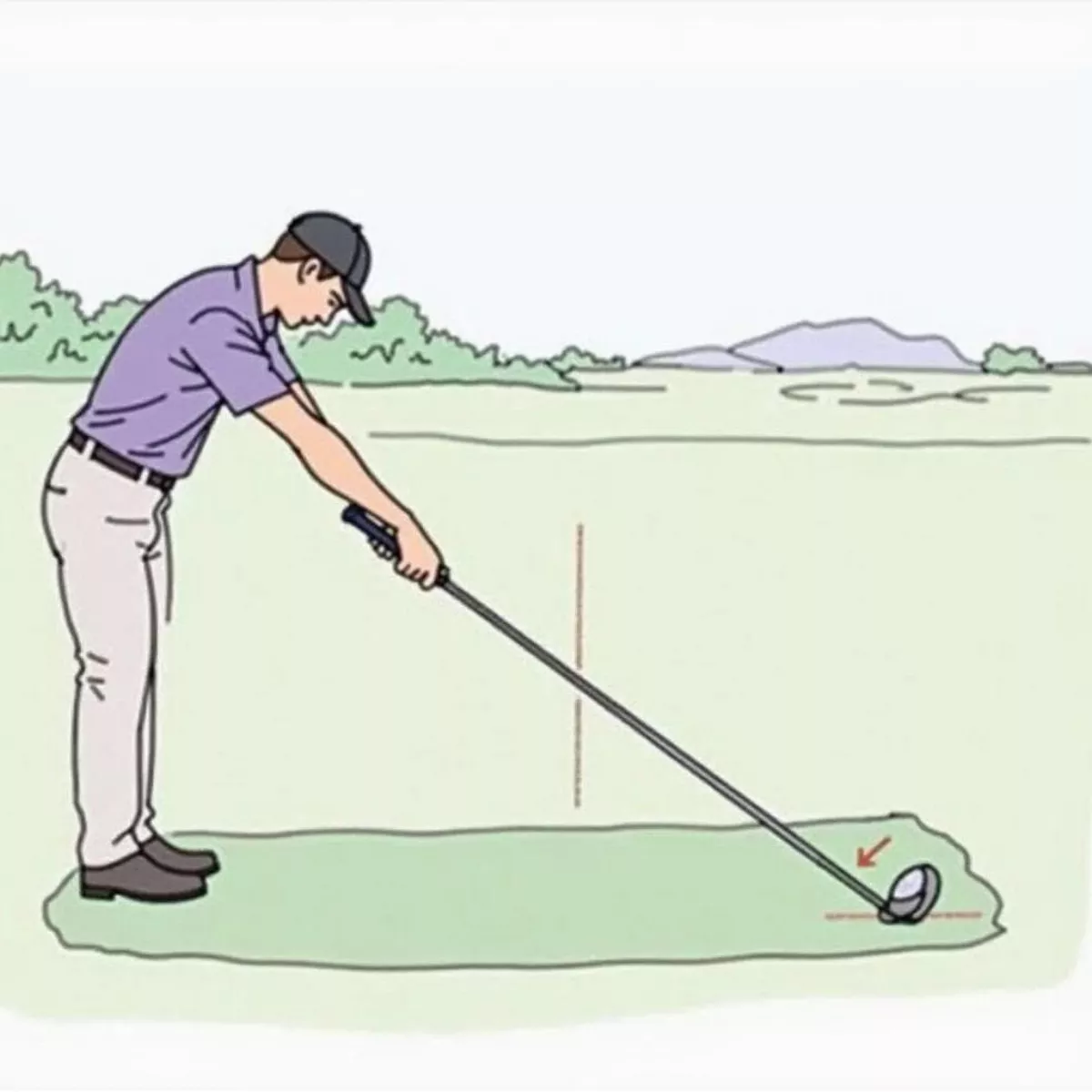
 Golfer practicing shallowing the club on a driving range
Golfer practicing shallowing the club on a driving range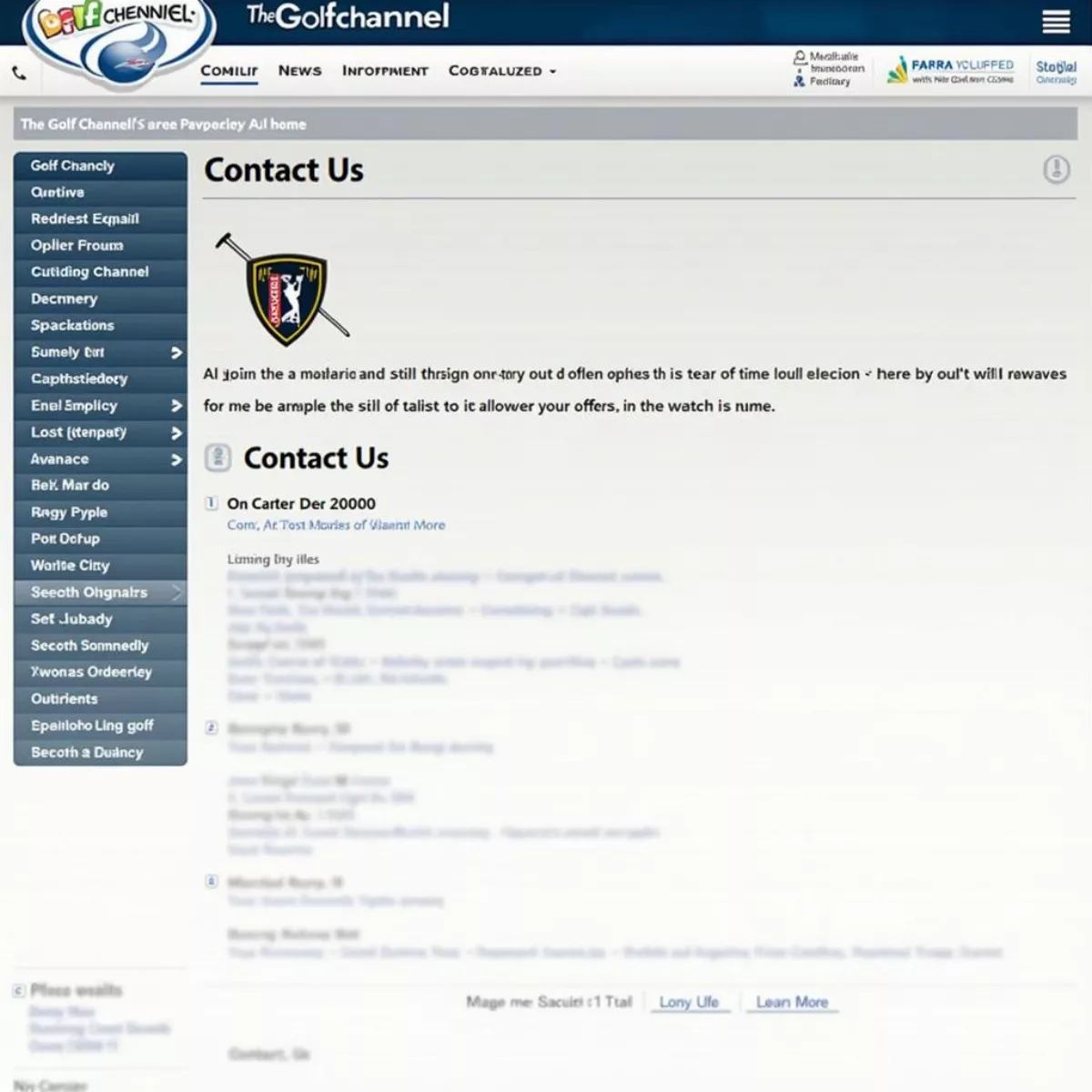
 Composing a Professional Email
Composing a Professional Email Engaging with Golf Channel Content on Social Media
Engaging with Golf Channel Content on Social Media